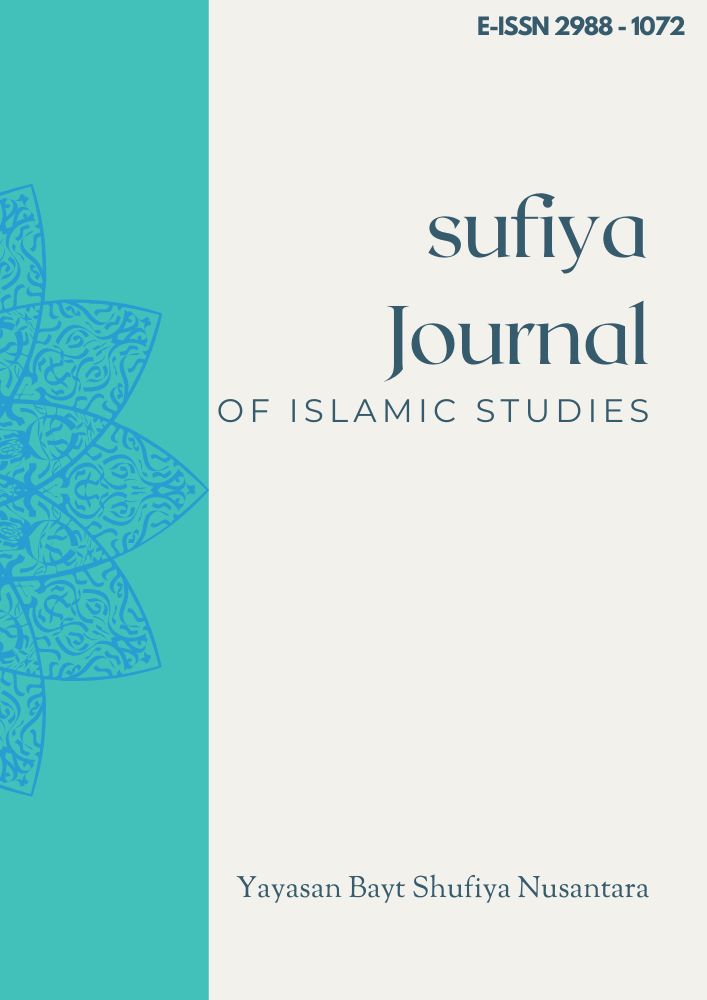Utilizing Discourse Semantics for Public Opinion Formation and Political Campaigns on Social Media
Keywords:
Semantics, Public Opinion, Political CampaignsAbstract
This study aims to analyze how social media, particularly Instagram, is utilized as a political campaign tool by Dedi Mulyadi through the account @dedimulyadi71. Employing Teun A. Van Dijk's model of critical discourse analysis, the research explores three main dimensions: text structure, social cognition, and social context. The data were collected from uploaded content including photos, videos, captions, hashtags, and public comments, which were then examined qualitatively to uncover ideological meanings and the political communication strategies employed. The findings reveal that Dedi Mulyadi utilizes visual narratives and emotionally charged language to construct a populist image one that is close to local culture and responsive to social issues. This strategy enhances his connection with voters and fosters high levels of public engagement. Instagram proves to be an effective alternative campaign space for shaping public opinion and mobilizing political support in the digital era, characterized by post-truth dynamics and symbolic populism.
References
Chen, L., & Lee, J. (2022). Personalized algorithms and confirmation bias in digital communication. Journal of Media Psychology, 36(2), 112–129. https://doi.org/10.1027/1864-1105/a000321
Junaedi, F. (2022). Digital populism dan citra politik tokoh lokal di era post-truth. Jurnal Ilmu Komunikasi, 19(1), 25–40. https://doi.org/10.24002/jik.v19i1.12345
Lestari, P. D. (2020). Media sosial dan pembentukan citra tokoh publik: Studi pada figur populis lokal. Jurnal Komunikasi Publik, 10(1), 33–45. https://doi.org/10.24198/jkp.v10i1.45678
Liu, H., & Zhang, Y. (2020). Rhetorical strategies in political campaigning: A semantic approach. Discourse & Society, 31(3), 279–298. https://doi.org/10.1177/0957926520901246
Nugroho, Y. (2020). Hashtag dan representasi identitas politik di media sosial. Journal of Social Media Studies, 5(2), 55–70. https://doi.org/10.31219/osf.io/jw38d
Rahman, S. (2022). Digital politics in Southeast Asia: Semantic strategies for populist mobilization. Asian Journal of Political Science, 30(1), 21–39. https://doi.org/10.1080/02185377.2022.2025301
Wahyoedi, A., Prasetyo, D., & Hidayat, M. (2023). Algorithmic polarization and emotional framing in social media discourse. International Journal of Communication and Society, 5(1), 44–59. https://doi.org/10.31763/ijcs.v5i1.876
Wahyuni, D. (2021). Strategi komunikasi politik tokoh populis di media sosial. Jurnal Ilmu Komunikasi Politik, 9(2), 101–115. https://doi.org/10.22225/jikp.9.2.3456
Downloads
Published
How to Cite
Issue
Section
License
Copyright (c) 2025 Martha Patricia Purba, Bernieke Anggita Ristia Damanik

This work is licensed under a Creative Commons Attribution-ShareAlike 4.0 International License.














